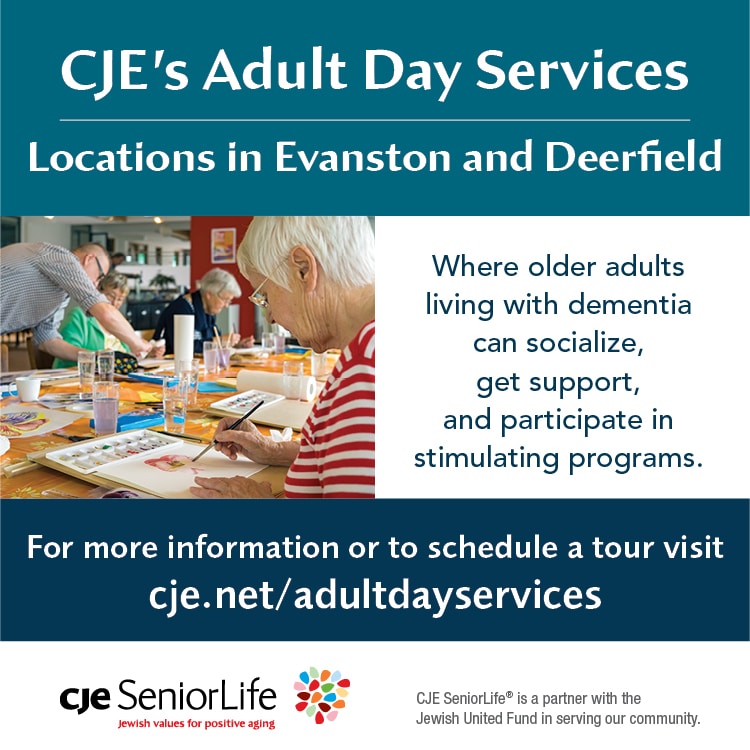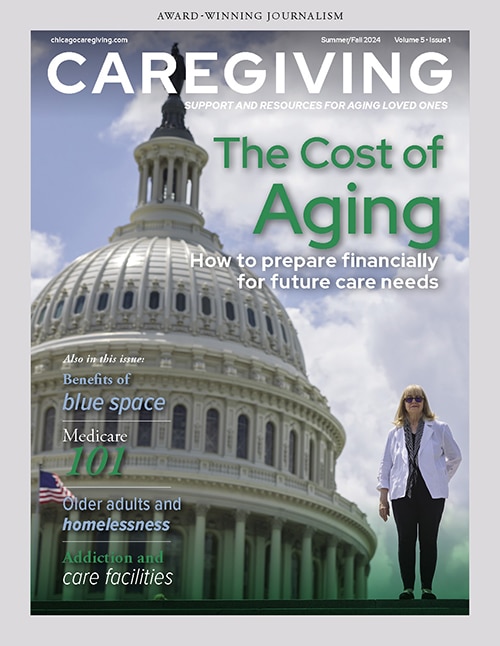By David Himmel
In most businesses, a strong and frequent returning-customer base is a sure sign of long-standing success. But hospitals aren’t like most businesses. A hospital wants as few returning customers—or readmissions—as possible. Unfortunately, according to Medicare’s latest report on hospital readmissions rates, Chicago sits at the top of the heap, with 19 hospitals showing remarkably high rates.
“It is a staggering number,” says Eric Heil, president, CEO and cofounder of RightCare Solutions, an evidence-based medical-technology company that works with healthcare providers to “revolutionize the care-transitions process,” according to its website.
He’s right. Among the other top cities with hospitals having the highest readmissions numbers, Chicago is ahead by the greatest margin. Brooklyn comes in second, with 11 hospitals, followed by Philadelphia with ten, Baltimore and Manhattan tying with seven, Boston with five, and Los Angeles and Miami both having four hospitals with above-average rates of readmissions.
The honor of having the fewest readmissions goes to Oklahoma City, which has only four hospitals in the below-average category.
Because of the Affordable Care Act, hospital readmissions are being monitored more closely than ever, and the hospitals with high rates are being penalized. This is in an effort to reduce the amount of money that the U.S. government spends on Medicare, which in 2013, cost $498 billion. The math is obvious; the fewer numbers of times a patient lands in the hospital, the less money the government spends on that person.
At first thought, the penalty makes sense. If a hospital is turning over beds only to have the same patient return to fill that bed within 30 days of being released for the same or related problem, it should be held accountable. But what if it’s not only the hospital’s fault?
“It’s not necessarily medically driven,” says Heil. The embarrassingly high number of hospitals our city has over others is not totally a reflection of the quality of care Medicare patients receive while at those hospitals, which include Northwestern University Memorial Hospital, Rush University Memorial Hospital and John H. Stroger, Jr. Hospital.
“In Chicago, in particular, a large part of [the high readmissions rate] is due to what we’ve found over the last decade—that the root problem is socioeconomic,” says Heil. “It’s the environment [to] which these patients are being sent home.”
That environment is rife with poverty, crime, mediocre health education, and food deserts barren of nutrition. Chicago has long been a city divided by wealth, with all its trimmings or lack thereof. It should make a hospital administrator wonder why his or her hospital is flagged as the only entity accountable, while the city’s mayor, alders and community leaders avoid punishment or, at least, some of the blame.
“It’s a responsibility of many; community leaders, health providers and the [other] individuals [involved], who should be addressing these very complex issues,” says Advocate Health Care Vice President of Clinical Innovation Michael Randall. “The components of poverty, access to nutritional food, education and services… they’re all interwoven.”
Heil praises Advocate’s efforts in highlighting a multipronged approach. It’s a perfect company to take the lead since it currently has three of its hospitals on the above-average–readmissions list.
“A lot of hospitals are extending themselves into the community with social and medical services,” Heil says. “That can help make sure [patients] aren’t falling through the cracks. Advocate is building a large system of care—including the patient’s home.”
Randall points to Advocate’s Discharge Calling Program where each discharged patient receives a follow-up phone call within 48 hours of leaving hospital grounds. During that call, a nurse asks how the patient is feeling, reminds the patient to meet with his or her primary care physician if he or she hasn’t already done so, to fill prescriptions and take the prescribed medications. And there’s the Outpatient Care Management Program that assigns a team of nurses and social workers to equip patients with the knowledge to best use the healthcare system.
“We’ve developed a new algorithm that is used to predict readmissions,” Randall says. “Pyschosocial is one component. But also [the] understanding their own treatment, self-care and their home environment—what does the network of care around them look like?”
According to Randall, these programs, and others like them, have been in effect at Advocate for two years, in most cases. “We do have quite a bit of experience in implementing them and [are] continuing to refine them,” he says.
If that’s so, why, then, are three Advocate hospitals on the naughty list? Because it’s a community problem. Randall says that the good people at Advocate believe that they are part of the solution by working with the community and with social services, and are therefore attempting to intercede and forestall issues that lead to readmissions.
“There’s no one state or city that absolutely has it nailed,” Heil says. He further states that there is the necessity to identify the hospitals that are most progressive and [to standardize] their processes across the continuum—the problem arises once one has left the hospital and assumes that no further care is needed. But what is necessary is the engaging of their caregivers as part of the necessary follow-up home-care experience. In that way one sees the best and lasting results.
Heil continues: “Throwing more bodies at the problem isn’t necessarily a scalable solution. The [hospitals that are] doing it right, at the end of the day, are doing it with technology, leadership and commitment. I think they’re at a good starting point.”












